|
It’s a big deal for a young writer/artist/mathematician to have their work celebrated on a classroom wall, and even more so when the display itself is put together with care. But for teachers on a budget (which is… everyone, right?), as well as those who aren’t very artistically inclined, I've put together some examples of the best inexpensive writing walls I have seen.  An oldie but a goodie – hang pupils’ poems on a vase of branches, and voila! A “poetree”! 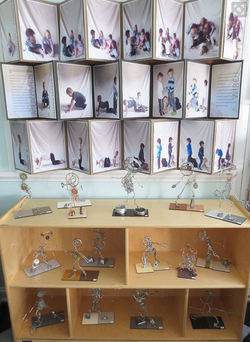 Okay, this one might look to be getting a bit intense for some of you… but it’s really not that bad. Plus, you can reuse this board once you’re done – so you only have to construct it once. Simply use bent back A4 files to create a 3d effect.  Use resources all ready laying about in the classroom. Interactive displays are easy to make even in the smallest of classrooms. Use the back of tray cabinets for children to sit in a cozy space. simply attach items with a strip of Velcro for easily removed challenges.  Use your local poundshop! - crates - upside down make good seats! - paper lanterns - brighten up the dullest classrooms - coloured baskets - help organize and sort books - crepe paper - let the children make and create flowers for the classroom. The most precious thing a teacher can buy is time!
It’s very easy to end up spending precious time putting your classroom back to pieces at the end of yet another busy day, but you can save yourself those valuable few minutes everyday by delegating the jobs to the most willing and eager of helpers, your pupils. Give everyone in your class their own individual job or paired responsibility during tidy up time. This can be tidying the book corner, washing paint brushes, handing out books or sharpening pencils, let’s face it, in a primary classroom you’re never short of jobs. The children will relish the responsibility and you’ll have a tidy classroom! You can make this even more special for them by giving them ‘official titles’ such as librarian, pencil patroller or scrap master and even make badges for them to wear. You may want to change the roles round weekly to save yourself from getting nagged to do the ‘best’ jobs.
0 Comments
Unlike traditional wall displays, working walls are interactive and can be used to record, visualise and assist learning. Maths Working Walls allow children to see written methods for calculations, while absorbing the mathematical language used in a particular area of the subject. They are interactive and include differentiated challenges for children so that learning is extended for children of all abilities. Features included on the Maths Working Wall
It is also important for maths areas to be around the classroom, not just on a wall. Check out these easy 3 ideas below to create in your own classroom. Do you have a creative maths display? email: uniqueclassrooms@gmail.com to be featured on the page.
For years, Finland has been the by-word for a successful education system, perched at the top of international league tables for literacy and numeracy. Finland is about to embark on one of the most radical education reform programmes ever undertaken by a nation state – scrapping traditional “teaching by subject” in favour of “teaching by topic”.
What would change? More academic pupils would be taught cross-subject topics such as the European Union - which would merge elements of economics, history (of the countries involved), languages and geography. There are other changes too, not least to the traditional format that sees rows of pupils sitting passively in front of their teacher, listening to lessons or waiting to be questioned. Instead there will be a more collaborative approach, with pupils working in smaller groups to solve problems while improving their communication skills. Whilst the effects of this type of curriculum are still unknown, British primary schools still favour the topic approach to teaching. Below are a few photos from my school's stunning whole school topic this year. In any classroom, displays should consist primarily of the children’s work, rather than teacher-made or store-bought pieces, no matter how beautiful those pieces might be. Displaying student work sends several important messages: As teachers, we value what students do. This is their classroom as much as ours. And in this classroom, students share their work, learning from each other. Furthermore, consider this simple fact: Students will look at their own work more frequently than they will look at commercial materials.
Here are some suggestions for displaying student work in a classroom:
If a teacher’s real job is to inspire kids to LOVE learning and reading, then creating environments that engage and inspire kids to relax and read should be on the top of every teacher’s list of things to do in the classroom. Whether your class is full of budding bookworms or reluctant readers (or both!), making a cozy reading space for kids to enjoy creates a magical experience for everyone. We know, of course, that it’s not always easy to find the space or the funds. But designing an amazing book nook doesn’t have to break the bank—or take over your classroom. From reviving old furniture to creating a mini-oasis (or two, or three) in a spare corner, the smallest touches can go a long way toward transforming your space.  Reading castle Credit to: Samantha Cowper from Haughton Do you have a creative book nook? if so, to be featured here, contact uniqueclassrooms@gmail.com
What is a thematic approach? This is a way of teaching and learning, whereby many areas of the curriculum are connected together and integrated within a theme. It allows learning to be more natural and less fragmented than the way, where a school day is time divided into different subject areas and whereby children practice exercises frequently related to nothing other than what the teacher thinks up, as he or she writes them on the board. It allows literacy to grow progressively, with vocabulary, spelling and sentence writing being frequently, yet smoothly, reinforced. It guides connected ideas to follow on easily. Here are a few examples of thematic classrooms. MY WW2 CLASSROOM AFRICA Credit to: Elis Nichols (NQT) STONE AGE SUPERHERO RAINFOREST PIRATES MOUNTAINS Finally, check out this fantastic Alice in Wonderland themed classroom! Credit to: Sabah Zahoor The result of working the thematic approach way is that often children:
Do you have a fantastic display or themed classroom? email uniqueclassrooms@gmail.com for a chance to be featured on the page. There are so many different types of classroom display these days, each with different purposes. Some interactive displays that we see are rather impressive, but require a significant amount of time to create. Perhaps the scariest question that looms upon some teachers is “How can I be sure that children will engage with what I have created?” and “Will they really benefit, and learn from them?” It goes without saying that many teachers have a lot of control over what they can put up on their classroom walls and most have fantastic displays on show. Displays of Pupils’ work, colourful homemade artwork and themes covering the curriculum for core topics and subjects. It’s quite amazing to see these displays being so prevalent across classroom walls in schools, but there are some very good reasons for it - and it’s all in the name of science. Did you know that as a teacher, everything you say to a pupil, only 13% will be learnt? Interestingly, we learn things a lot quicker by sight (75% to be exact). This means that it is important to have a visual element to learning such as interactive displays that are engaging, helping to reinforce learning and what teachers have spoken about in the classroom. They also have the benefit of being in the classroom as a point of reference. This is great because we all know how children do not always have the best attention spans, and can sometimes look around elsewhere other than at the front of the class (where they are supposed to). So if they are looking around, it definitely helps to capture their attention with engaging, quality displays in the classroom. They will become familiar with the displays, posters and learning resources throughout the school term, even on a subconscious level. As a teacher, decorating your classroom can be one of those ‘marmite jobs’ that you either love or hate, depending on how much time, materials and wall space you have to work with.
Planning your classroom décor is also a consideration that has to be taken into account, not just at the start of the school year, but also on a termly basis, in order to keep the displays fresh and relevant to the areas you’re studying. There are many reasons why putting a good deal of thought into your classroom decoration will benefit your pupils. Here are a few of my current displays. Making sure the learning environment is welcoming and friendly is key to any classroom setting. Decorated walls creates a friendly, brighter and more interesting environment which is known to have an effect on children and their enthusiasm to learn. Display materials can include useful direct teaching aids that enrich or reinforce what subject is being taught. It will simply bring the subject to live. Wall displays can be used to set the scene for a new topic and will help to gain and stimulate interest from the children. They will generate interest and curiosity before the topic is taught. They can help greatly with learning as children are able to memorise the display material for example, displaying numbers, letters or other important information such a weather or seasons. It can help to make the teacher more effective and gain greater achievements from the class. A well thought out learning environment is more likely to have a positive impact and make children want to be there and want to learn. A stimulating environment makes for a stimulated child - the environment in which a child is in can have a very direct impact of their learning, children who feel more engaged in their learning environment are known to be more receptive. What not to do Whilst having colourful and populated classroom walls is important, it is also important to not over do it. Finding the right balance between stimulating and over-stimulating displays can be difficult. Having a wall display that is crowded and erratic can have an adverse effect on children. It can cause children to be distracted, confused and over-stimulated. A classroom wall display should be focused, clear and simple but most importantly it should be age appropriate. Having no wall displays can also have a detrimental effect on learning. Plain walls with little colour can be very unappealing and uninviting and will under stimulate children. Below are a few example of practical displays, yet do not overstimulate the children.  This display shows how a working wall can work in the classroom. Covered up vocabulary to prompt thinking and white strips for children to add their own vocabulary onto, create a practical and useful display in the classroom. Credit to: Meryal Karqkas (NQT)  Simple, stylish and fresh looking displays help calm and focus children on their learning. I love the way these boards have consistent colour themes and are free from clutter. Credit to: Katie Westacott (mrswestknowsbest.blogspot.co.uk) 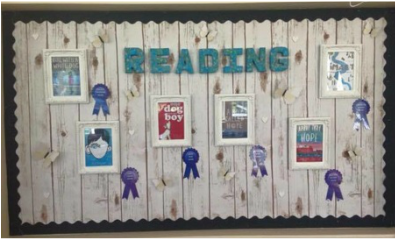 I created this display to showcase quality texts based on my classes' interests. The book covers were photocopied and placed into frames (poundshop find!) and attached to the walls with vecro so that the children could change them easily. The award rosettes are available to download in my resource shop. Valuing children's work As we are all heading back to the classrooms this week, the children are excited to meet their new teachers and check out their new classroom. It is important to show that each child is valued from day 1 in the classroom. If you haven't quite finished your classroom yet, check out some fantastic ideas below. 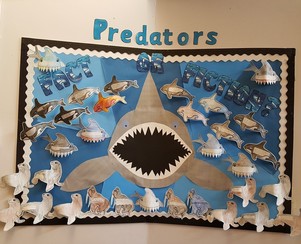 This must have been a particularly challenging board to back! Despite it being a corner display, it showcases the childrens' work perfectly. Credit to: Teresa McGuinness from Coventry. 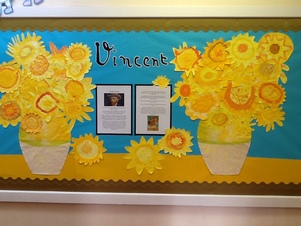 This display particularly shows that every child matters. Displaying a piece of work from every child really matters in the classroom; it shows that they are valued and important. I love the collaboration within this display. Credit to: Lyndsay from Liverpool.  Although this display doesn't show any work yet, each child has a section to showcase their 'wow work'. This emphasizes the value of ownership in displays as each child is responsible for their section. This is bright and attractive, without being overpowering in the classroom. Credit to: Faye Carrington.  This large corridor display shows how you can link subjects together seamlessly. A musical/art display 'Octopus garden' displays work from all abilities whilst highlighting that every child matters. Credit to: Joanna Mitchell If you have a collaborative display and would like to be added to this blog, send quick email to uniqueclassrooms@gmail.com with a picture.
|
AuthorEmma Rylands Archives
March 2019
Categories |
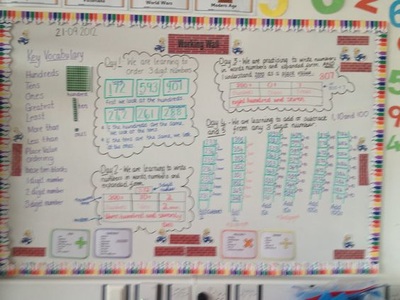

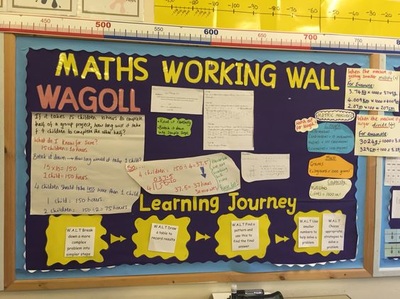
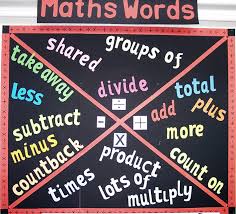
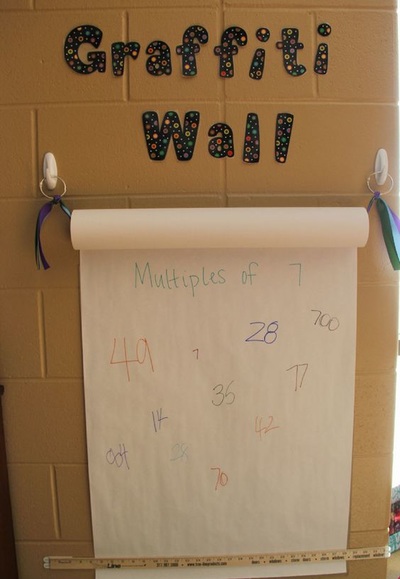
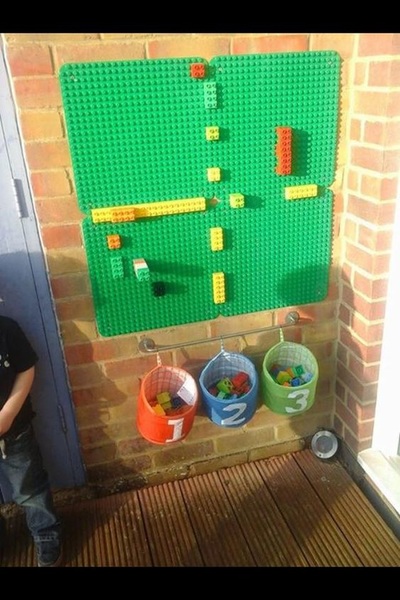

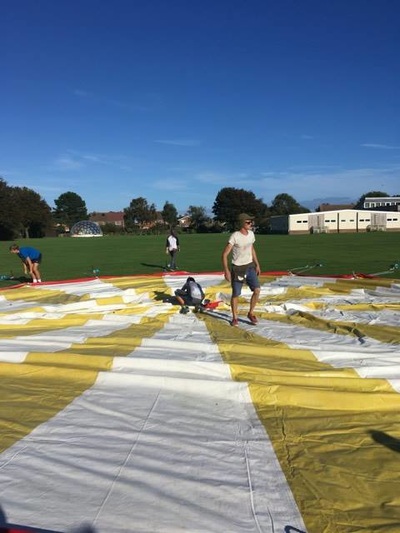


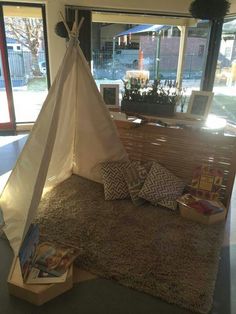
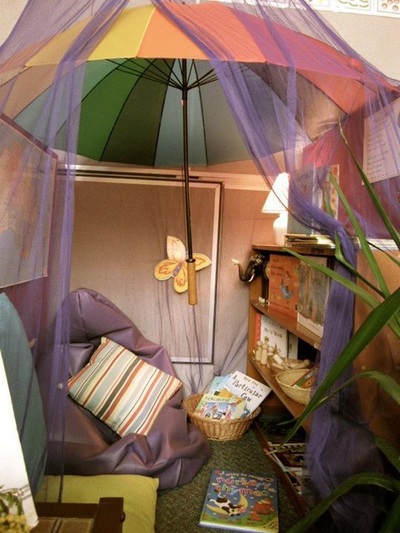

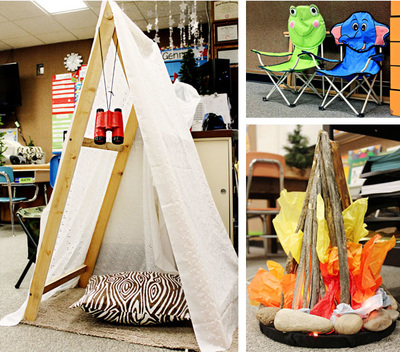
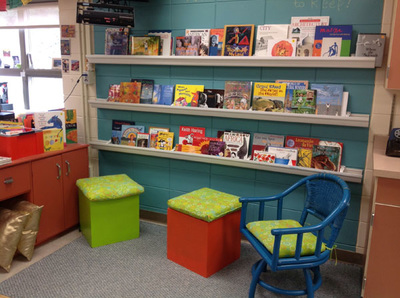


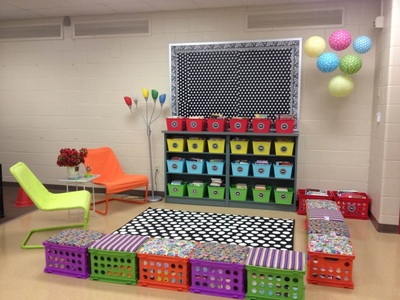

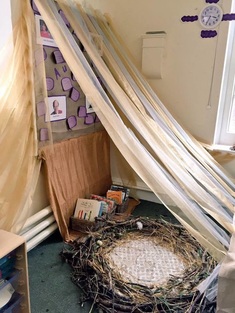


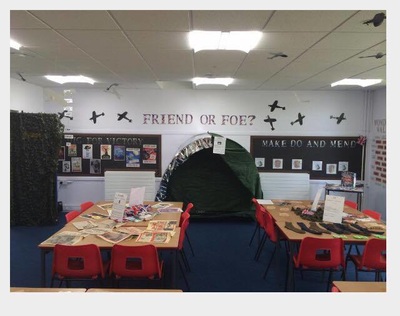






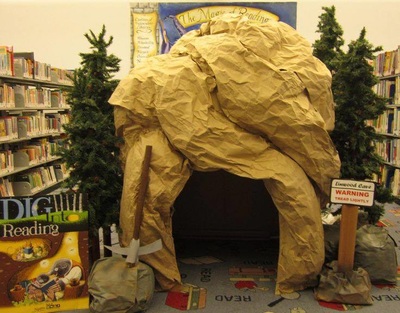
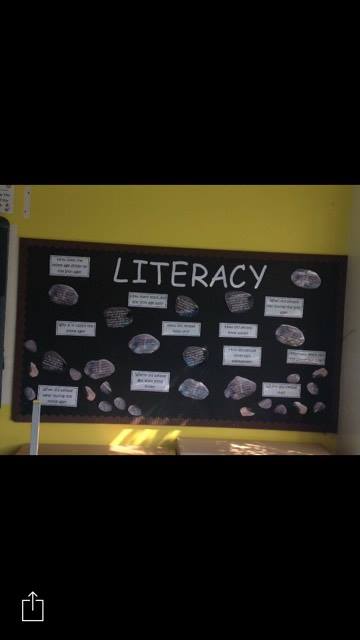
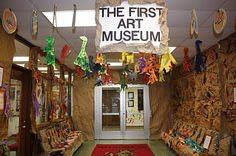
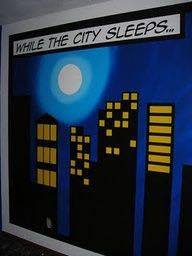


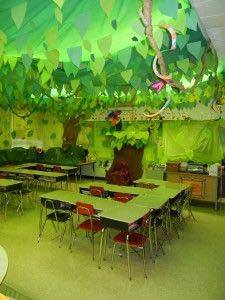




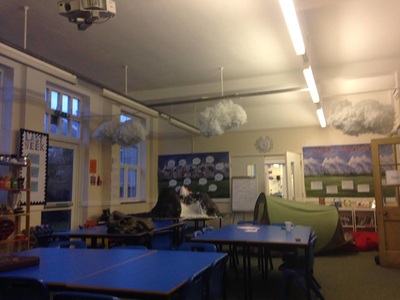
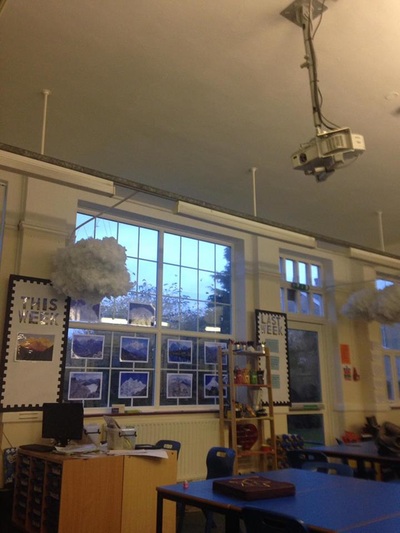



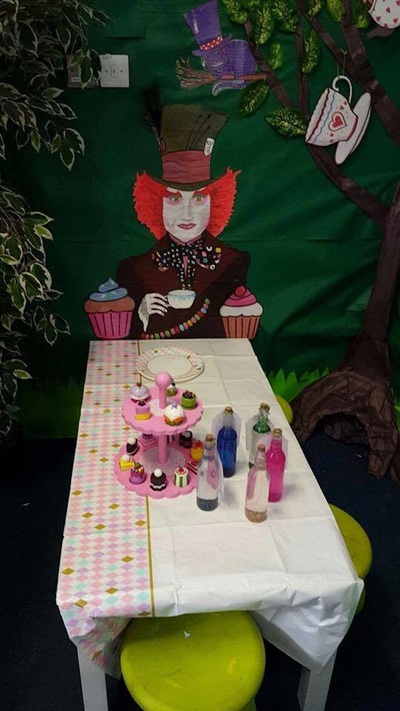
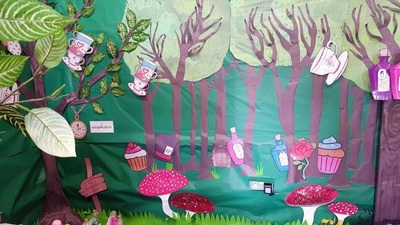


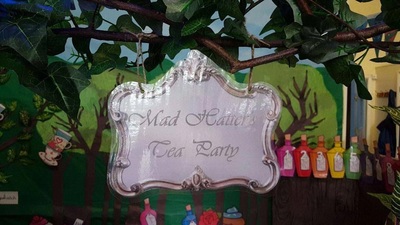

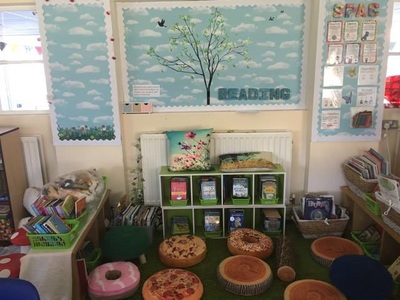
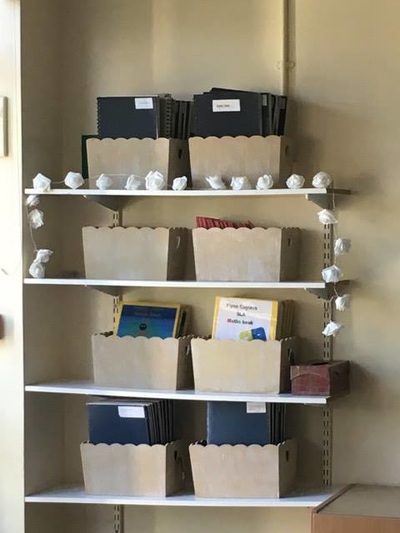
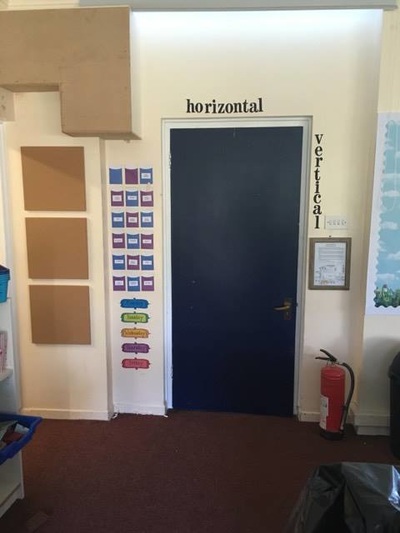

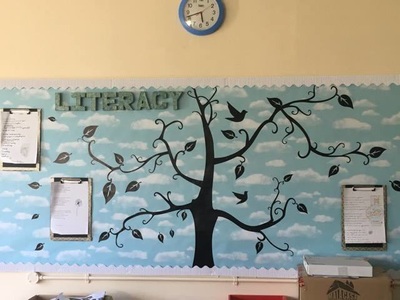
 RSS Feed
RSS Feed